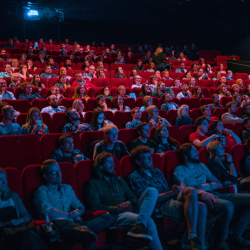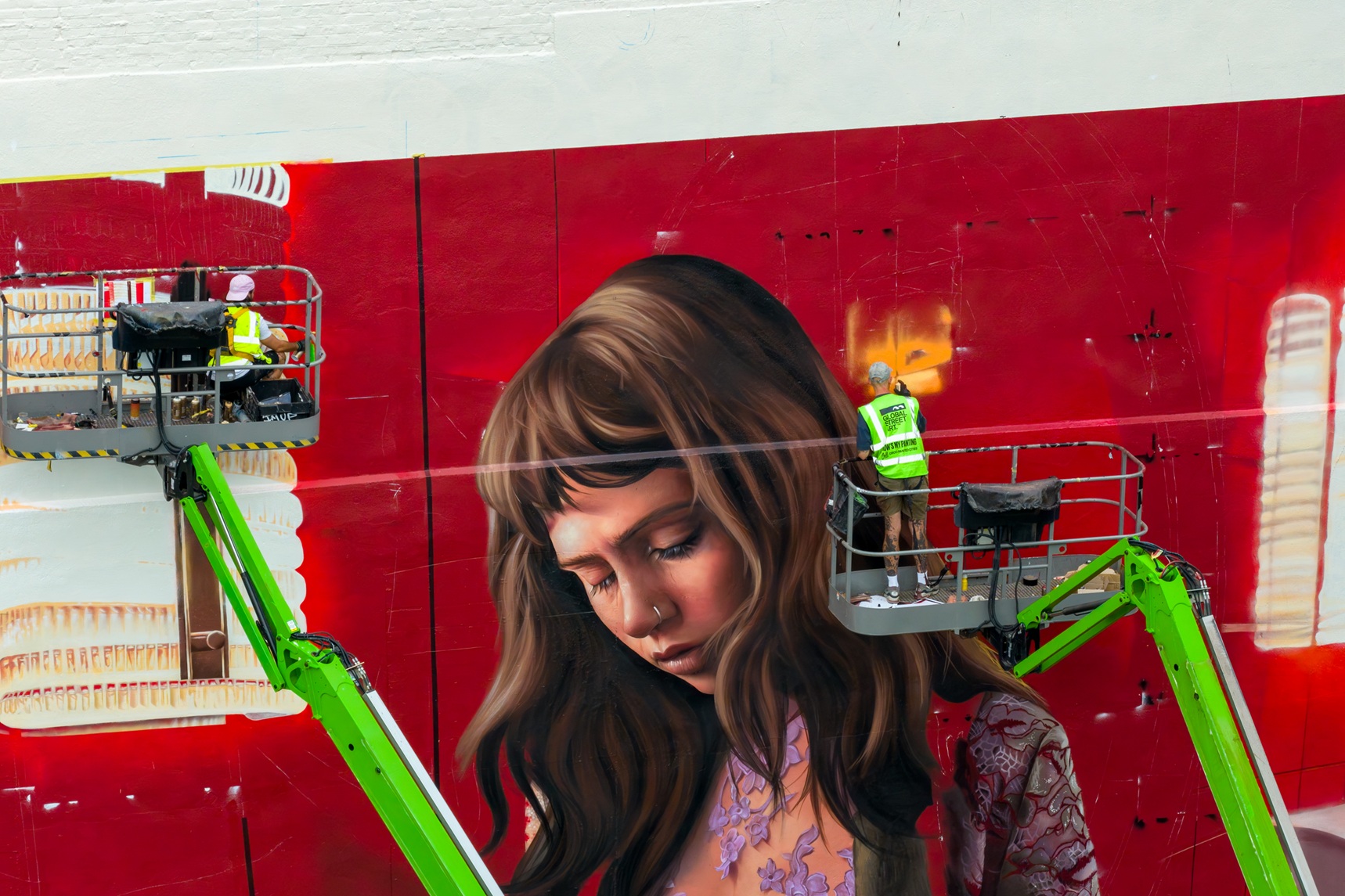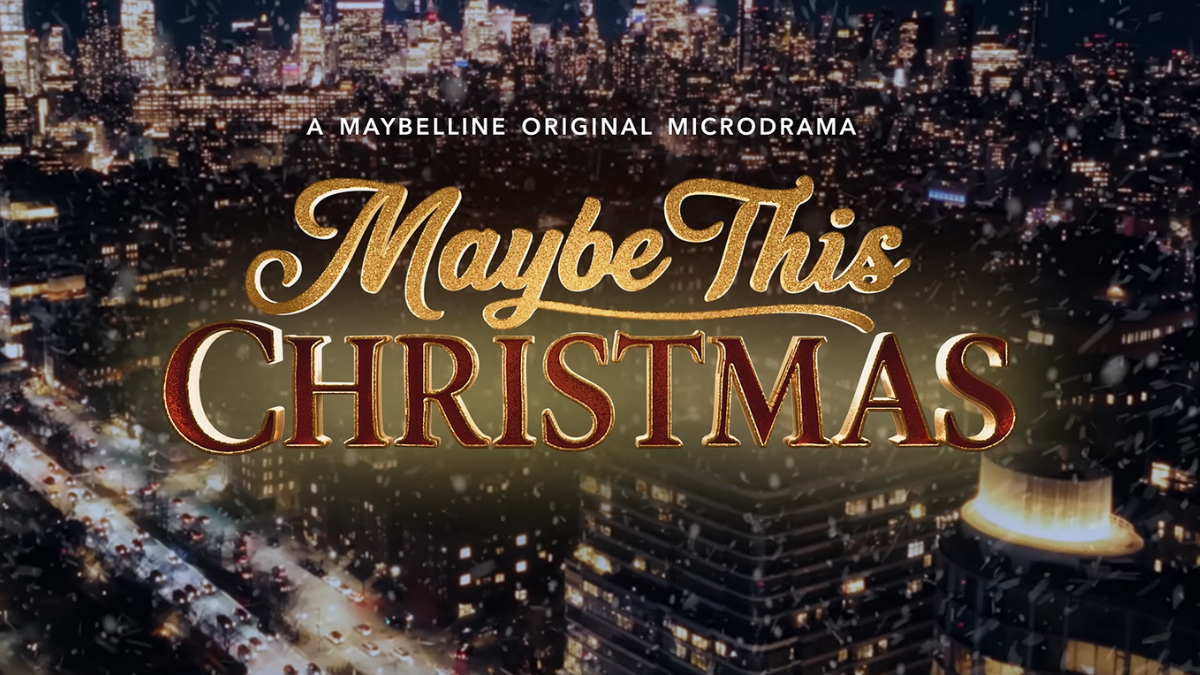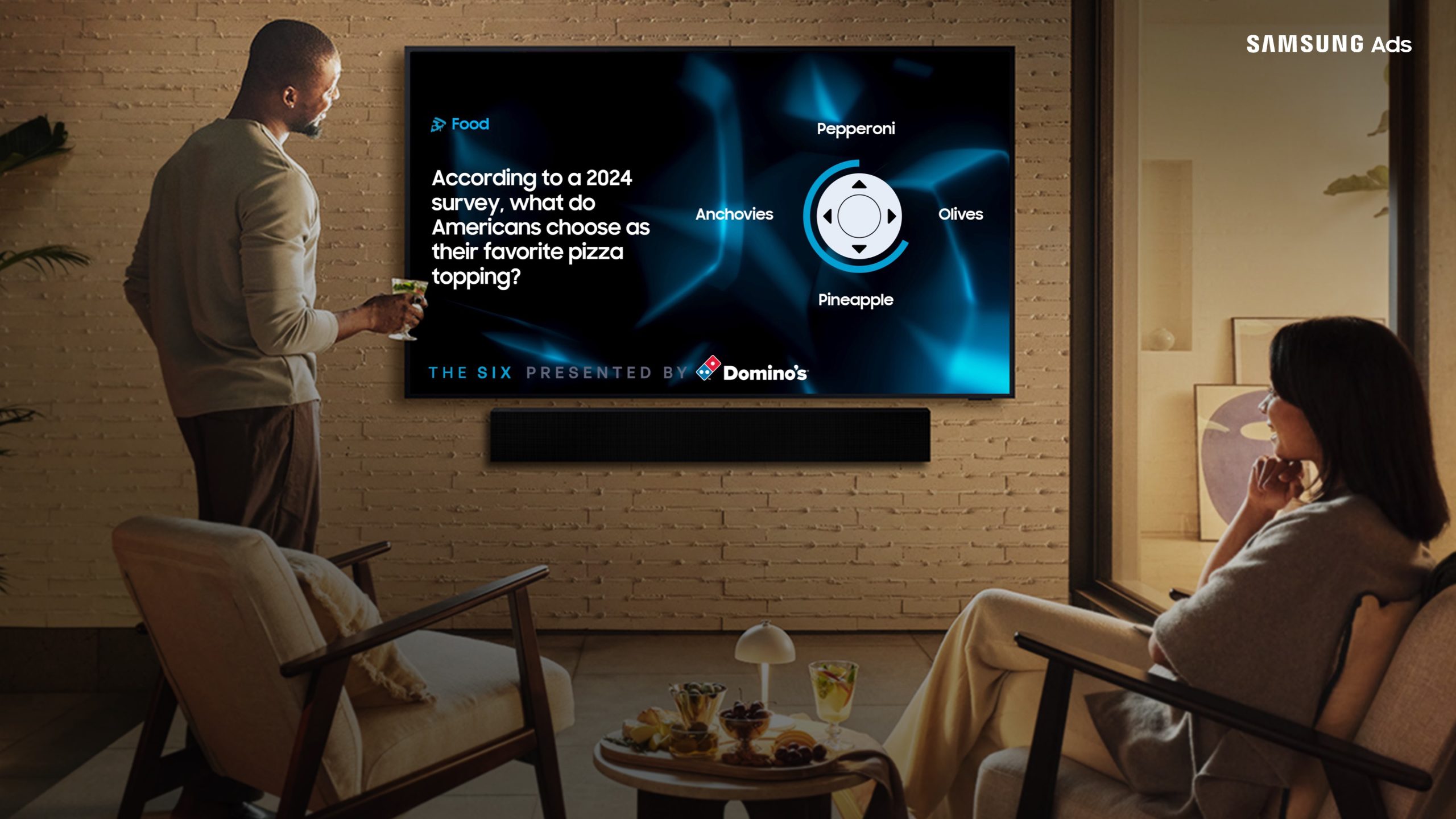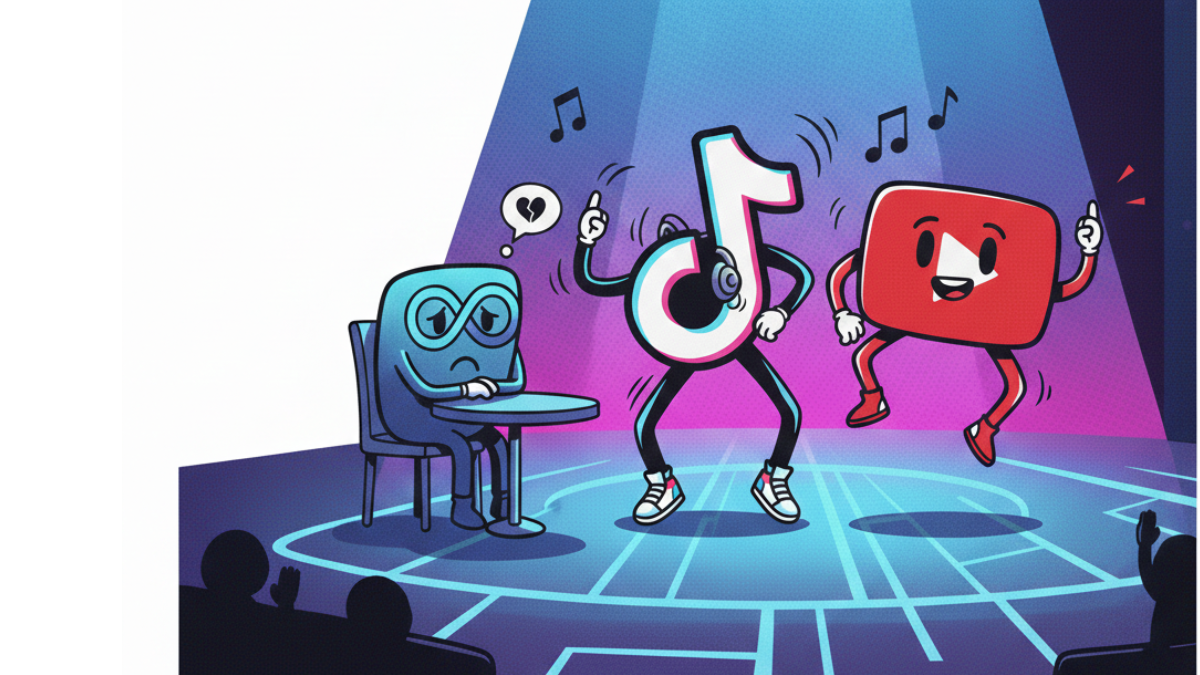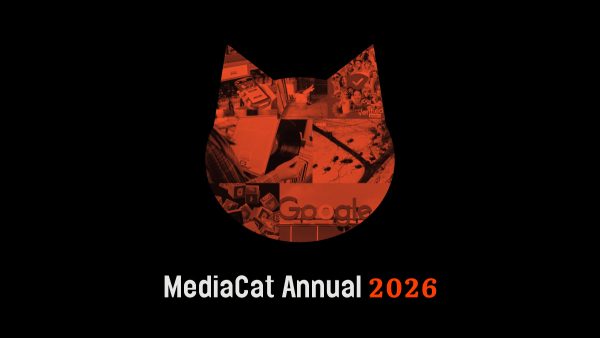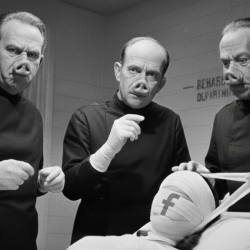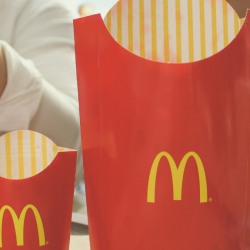How AI slop and three other trends are undermining big social, and fertilising the ground for alternative social media networks
‘I can’t stand all this slop in the comments and my direct messages, all these AI messages and all of these fake bot profiles on these platforms are just driving the experience to shit.’
This is a quote from a friend who told me recently that they are just trying to use social media to do business. Business the old-fashioned way.
Make a connection online.
Talk about mutual connections or interests they have in common.
Identify a problem they both may have.
Confer over a resolution.
Decide to meet.
Maybe the date leads to something bigger.
Money is possibly made.
Maybe not, but there’s at least a connection that occurred.
But now?
‘I don’t know what’s real, a scam or just more hype,’ said my friend. ‘I sense it’s time for me to find real people elsewhere. And to think I pay $80 a month for this? What a bunch of garbage. I’m leaving.’
Which met with my response of, ‘Uh, yeah. Well, where are you gonna go?’
‘I’m going to spend more time in this new community someone started for the Creative Class. It’s more intimate, it’s got good vibes, everyone is real and it’s only $2 a month to be in it.’
‘So, $24 to join a community? You get that free on LinkedIn and Facebook!’
‘Yeah, but you have to deal with so many trust issues. I don’t think people realise all of these places have become a combination of a content farm meets a fake marketplace. When is the last time you really drove any business off any of these big social platforms?’
‘Well…hmm…ummm.’
It got me thinking. I’ve spent the last 20 years extremely online. I’ve been on everything and anything to experiment and connect. You name it, I’ve been on it: Friendster, MySpace, Geocities, Facebook, Tumblr, Twitter, Bebo, Dodgeball, Google+, Houseparty, Meerkat, Orkut, Vine, Ello.
The list of defunct socials is longer than the list of active socials.
But I’ve realised something. The enrichment of human experience hasn’t added up to much in the past few years. But that is changing again.
The great debate of business is always: ‘Should we bundle, or should we unbundle?’ Now, it’s leading to questions over the fact social media has centralised to the point that it is controlled by a few big businesses, and these big businesses have ushered in algorithms that are better for their bottom line than ours.
Which leaves us in the great unbundling era. The great move toward decentralisation. The great migration toward smaller communities where you actually can meet and get things done, and away from big platforms where you state some hot take, go viral and have nothing to show for it but a dopamine rush — your wallet or purse is still empty.
If anything, you’re in debt because you’ve forked over $80 a month (or a little under $1000 a year) to basically use some system to look for work, where no work really exists.
Meanwhile, the real activity is taking place behind the curtain.
The founder of mega-blogging platform Ghost, John O’Nolan, noted in an interview on the Dot Cue podcast with Flipboard CEO Mike McCue that social is headed in a direction of ‘digital sovereignty’ as a result of three trends.
- Fediverses
- Decentralisation
- Open sourcing
If these keep going, we will have a plenitude of smaller networks and less big ones. But why?
A fediverse model allows someone who has subscribers on Instagram, to take those to X or Snap or Pinterest or any network without losing them — something we cannot do now. It allows for portability, and this leads to less ‘stop building on rented land’ utterances by strategists because, if you are renting and want to move, you don’t lose all of those followers. This means people and companies will be more likely to build on any property, without worrying about the ramifications of their efforts.
Centralisation is why we only have a few big players in this space. It reminds me of Bell Telephone in the 1980s. And what ended up happening there? Ronald Reagan broke it up so there was more competition. Decentralisation leads to less of a need for a few companies to carry our online communication to others.
Open Source allows any community or network to be built, and the code to be available to anyone to use to build even more opportunities. Right now, the code base for most social media is closed. It’s impossible to build on top of (or build) something that replicates those sites. But if more of the newer players are open source and fail, their code can be picked up by other developers and become something new — allowing things to flourish. It’s the gift that keeps on giving.
All this isn’t going to magically happen. It requires more people like my friend to get sick of these big platforms and move away from them. It calls for advertisers to ask, ‘are we reaching more bots than people?’, for them to stop their ad campaigns — and it will take some who may call some of these platforms, ‘the equivalent of smoking in the 21st century’ to realise we need to get back to technology that enhances and compliments our humanity, and doesn’t compromise it.
Featured image: Sticker Mule / Unsplash
